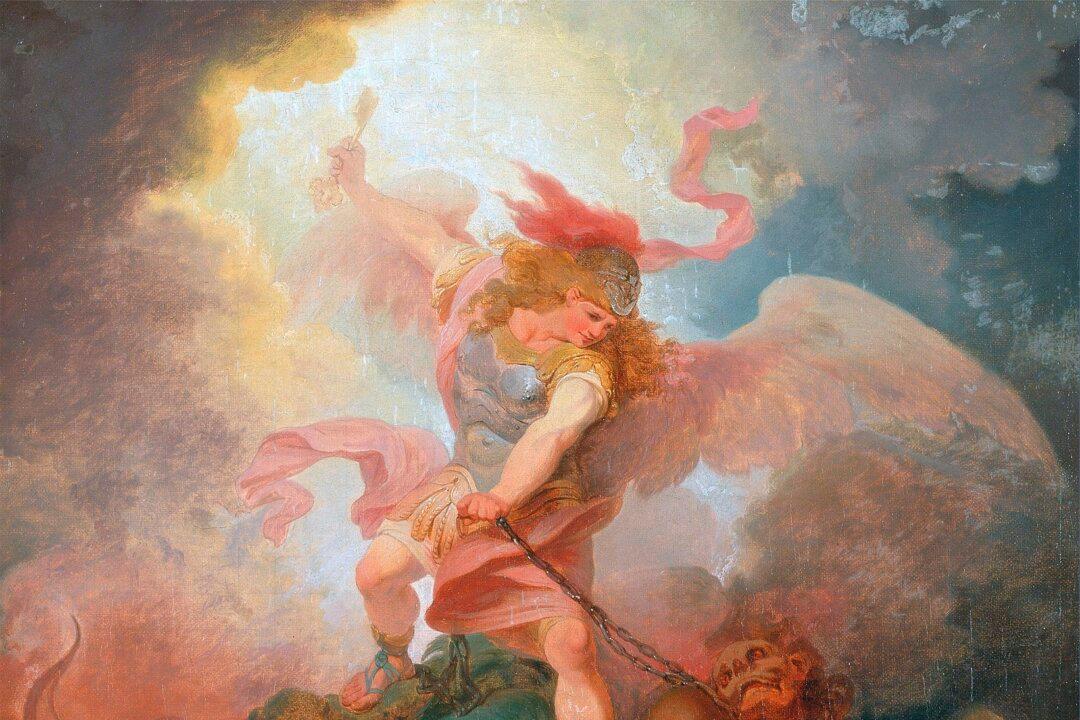Let’s close our eyes and imagine the best version of ourselves. What does this look like for us? How do we behave?
Most likely, we all see a different vision when we perform this thought experiment. Some of us may imagine ourselves with a lot of money, fame, or power; we might think that these attributes are necessary in order to become our best selves.





